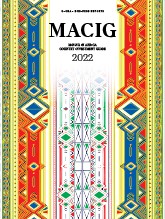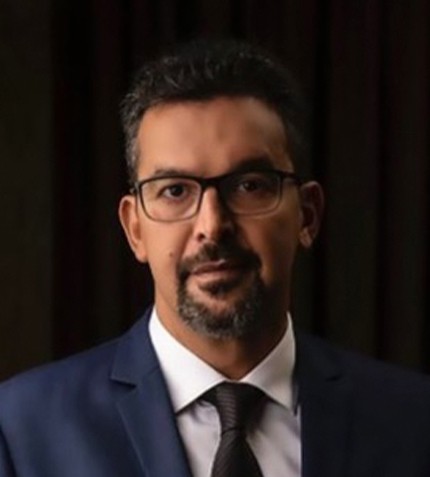
"There is huge potential to increase copper and cobalt production in DRC because there are many areas that have not yet been explored or have been under-explored."
RELATED PUBLICATION
ARTICLES FROM THIS PUBLICATION
Patrice L’Huillier
CHIEF OPERATING OFFICER, ERG AFRICA
What have been the latest developments at ERG’s copper and cobalt assets in the DRC?
ERG’s assets in the DRC continue to move from strength to strength. At Metalkol RTR we successfully ramped up production in 2021 with our copper operations nearing Phase 2 production capacity of 100,000 t/y of copper. Our cobalt production at Metalkol RTR exceeded design capacity of 20,000 t/y, making it the second-largest standalone cobalt operation in the world. While operations were delayed due to the coronavirus pandemic, we have continued to explore opportunities for the construction of a battery precursor plant to be exclusively supplied with cobalt from Metalkol RTR.
At Frontier mine we also had a record year in terms of copper production and are prioritising the feasibility study for a further pit expansion (Cut 4), which has the potential to extend the life of mine by approximately 10 years.
In parallel, we are working towards resuming production at Boss Mining. Our ambition is to restart with a limited scale before 2023.
What is ERG’s exploration strategy in the DRC and how is this informed by current supply and demand fundamentals?
In the DRC ERG has always focussed on copper and cobalt. The surge in price of these metals due to demand for EV metals and other green technologies has simply served as a catalyst for our operational expansion and exploration activities.
The minerals currently being mined in the DRC are a result of historical discoveries and, although bountiful, will not meet the prolonged demand generated by EV targets and clean energy solutions using cobalt and copper. This is further exacerbated by the reality that the capability to recycle these materials is only anticipated to come online in 15 years time, therefore necessitating a steady and sustainable supply of primary ore to meet demand.
There is huge potential to increase copper and cobalt production in DRC because there are many areas that have not yet been explored or have been under-explored. In 2021 we actively accelerated exploration activities and we are now investing in further geophysical and geochemistry projects along the copperbelt in partnership with Gécamines. In addition to maximising the exploration potential within our existing portfolio, we are also looking to acquire new licences with high-potential.
How do you see the role of the DRC in responding to cobalt demand in the long-term?
The DRC government and private mining operators have a significant role to play, firstly, in identifying new, underexplored areas in the country which can meet demand for 20 years from now and, secondly, to demonstrate that cobalt can be sourced responsibly. That’s certainly our strategic vision – in partnership with the DRC government, acting as an exemplar for mining and metals in Africa. We are positively contributing to the world’s clean energy transition that is driving the cobalt demand if we can mine and produce in the right and responsible way, ethically and ensuring mutually beneficial outcomes for our stakeholders.











